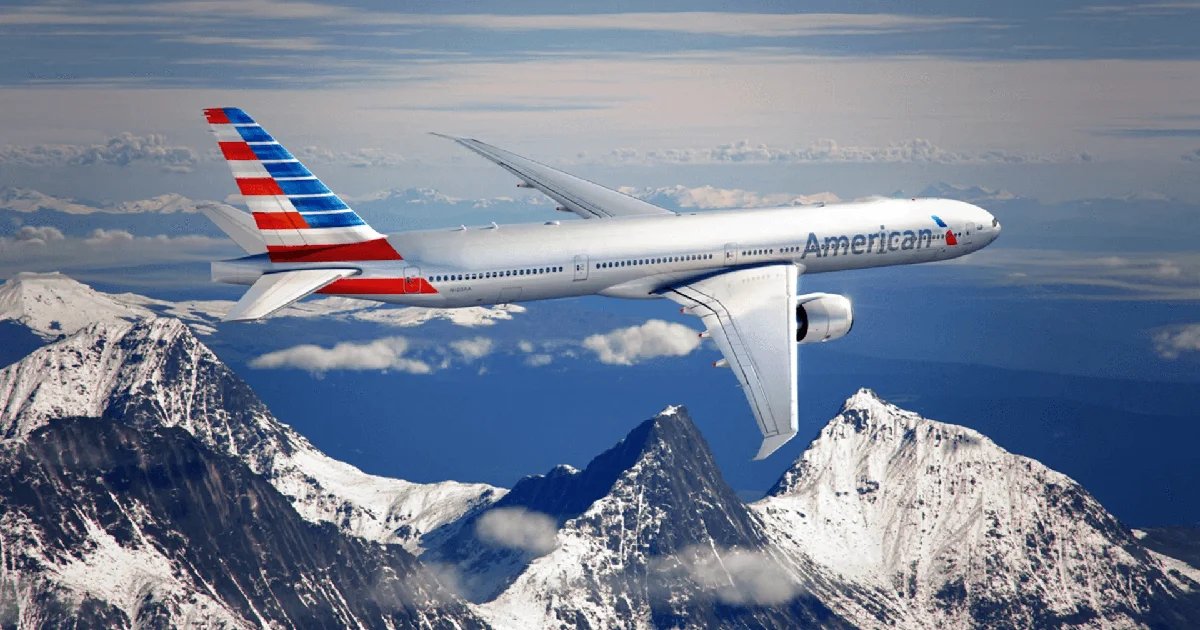American Airlines stands as one of the most recognizable names in global aviation, with a rich history spanning nearly a century. From humble beginnings to becoming one of the world’s largest airlines, American has continuously evolved while maintaining its commitment to connecting people across the globe.
A Legacy Takes Flight: The History of American Airlines
American Airlines’ story began in 1926 when Charles Lindbergh flew the first American Airlines flight – carrying U.S. mail from St. Louis to Chicago. However, the company as we know it today was officially formed in 1934 through the consolidation of more than 80 small airlines.
The post-World War II era marked significant expansion for American Airlines. In 1953, the airline introduced the first non-stop transcontinental service in the United States with its DC-7 aircraft. The jet age arrived in 1959 when American began flying Boeing 707s.
The 1980s brought major changes with the Airline Deregulation Act, leading American to pioneer the hub-and-spoke system and introduce the AAdvantage frequent flyer program in 1981 – the industry’s first loyalty program. In 2013, American merged with US Airways in one of the largest airline mergers in history, creating the American Airlines Group Inc. we know today.
By the Numbers: American Airlines Stats
American Airlines has grown into an aviation giant with impressive statistics:
- Operates approximately 6,700 flights daily to nearly 350 destinations in more than 50 countries
- Maintains a fleet of over 900 aircraft with an average age of 11 years
- Employs more than 130,000 team members worldwide
- Carried over 200 million passengers in 2019 (pre-pandemic)
- Generated approximately $45.8 billion in operating revenue in 2023
- AAdvantage program has over 115 million members
Quick Facts About American Airlines
- Headquarters: Fort Worth, Texas (specifically at Skyview 8)
- IATA Code: AA
- CEO: Robert Isom (since 2022)
- Parent company: American Airlines Group Inc. (NASDAQ: AAL)
- Alliance membership: oneworld (founding member)
- Flagship aircraft: Boeing 777-300ER
- Livery: The current livery features a stylized American flag on the tail, silver fuselage, and the classic eagle logo
- Premium cabin brands: Flagship First, Flagship Business, Premium Economy
- Inflight Wi-Fi available on nearly all aircraft
- Mobile app offers digital boarding passes, flight notifications, and entertainment options
Hub Cities: American’s Major Operations
American Airlines operates nine major hubs throughout the United States:
- Dallas/Fort Worth International Airport (DFW) – Primary hub and largest operation
- Charlotte Douglas International Airport (CLT)
- Chicago O’Hare International Airport (ORD)
- Philadelphia International Airport (PHL)
- Miami International Airport (MIA) – Gateway to Latin America and the Caribbean
- Phoenix Sky Harbor International Airport (PHX)
- Los Angeles International Airport (LAX)
- New York’s John F. Kennedy International Airport (JFK)
- Ronald Reagan Washington National Airport (DCA)
Each hub serves a strategic purpose in American’s route network, with Dallas/Fort Worth serving as the airline’s largest hub and headquarters location.
Contact Information
For passengers needing assistance, American Airlines offers several contact options:
- Customer Service: 1-800-433-7300
- Reservations: 1-800-433-7300
- AAdvantage Customer Service: 1-800-882-8880
- Baggage Service: 1-800-535-5225
- Website: www.aa.com
- Social Media: @AmericanAir on Twitter, Facebook, and Instagram
- Mobile App: Available on iOS and Android
For business inquiries:
- Corporate Headquarters: American Airlines 1 Skyview Drive Fort Worth, TX 76155
Looking Forward
As air travel continues to evolve, American Airlines remains focused on modernizing its fleet, enhancing customer experience, and expanding its global network. The airline has invested heavily in new aircraft, including Boeing 787 Dreamliners and Airbus A321neos, while also upgrading its airport lounges and digital capabilities.
Despite challenges including the COVID-19 pandemic, rising fuel costs, and industry competition, American continues to adapt and move forward. With its extensive network, loyal customer base, and nearly century-long legacy, American Airlines remains a cornerstone of global aviation, connecting people and places while shaping the future of air travel.
Whether for business or leisure, American Airlines continues its mission of caring for people on life’s journey – a fitting testament to an airline that has been part of America’s history for generations and will likely remain so for many more to come.
Keyword: TopAirlines

